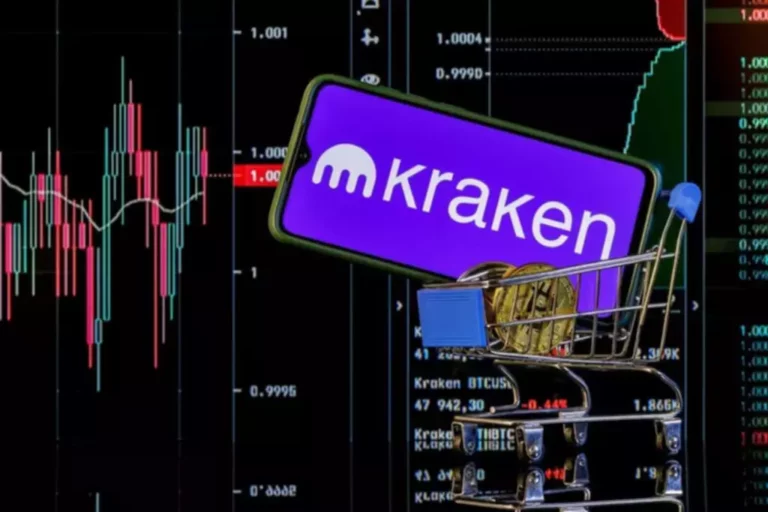Market makers generate income by earning the bid-ask spread, which is the difference between the price they purchase a security at and the price they sell it for. In contrast Smart contract, market takers generate earnings by shopping for low and selling excessive, or by selling high and buying low. The Taker charge is the transaction cost paid by the market taker and is normally larger than the Maker payment. This payment structure helps the efficient functioning of markets and provides traders the chance to undertake totally different strategies depending on whether or not they act as a market maker or not. Nonetheless, market makers get pleasure from lowered charges owing to their pivotal role in enhancing liquidity. On the opposite, market takers encounter escalated fees due to their actions impacting liquidity.
These concepts bear significance for these concerned in buying and selling, making it important for every investor to understand these foundational ideas. MTs primarily use market orders, that are executed immediately at one of the best obtainable value. While this ensures fast execution, it often comes at the price of larger charges and potential slippage, significantly during periods of low liquidity or excessive volatility.
Additionally, certain exchanges might have distinctive charge fashions or charge discounts for specific trading pairs. An order e-book serves as a real-time, dynamic ledger that shows all of the purchase (bids) and sell (asks) orders for a particular asset, similar to a cryptocurrency, at various value ranges. Market takers play a key function in creating liquidity in financial markets by matching the bid and ask costs https://www.xcritical.com/ created by market makers. They buy securities from market makers who wish to promote and sell securities to market makers who wish to buy. This creates a steady cycle of shopping for and promoting that permits the market to function smoothly. Market liquidity is among the most essential elements of a highly efficient market.
What Are The Differences Between Market Maker And Market Taker?
For instance, gold is a liquid asset, meaning it could be sold quickly and simply for cash. But a gold bathroom can be an illiquid asset, except you promote it by the ounce by weight. There are few people who would agree to purchase such a rest room bowl, even though it serves its function perfectly. The term liquidity is normally used to outline the power of some asset to be offered quickly and easily. Komodo Wallet is a non-custodial wallet, decentralized exchange, and crypto bridge that helps popular cryptocurrencies similar to Bitcoin, Ethereum, Litecoin, Dogecoin, and more.
Market Makers
Market takers, on the other excessive, are consumers and sellers who comply with the prices established by market makers and different sellers. Their priority is speedy and correct deal execution, regardless of the size of the unfold between bids or the state of the market’s liquidity. The equilibrium is maintained via provide and demand, while shaping prices in real-time. It’s important for buyers and traders alike to know this, as it types the premise for analyzing trends, making informed selections, and navigating the complexities of financial markets. By interacting with the costs supplied by MMs, takers facilitate the actual flow of trades, helping maintain market exercise and enabling different members to enter and exit positions.
- By taking the present market costs and executing trades, they play a key position in creating liquidity and maintaining the efficient functioning of financial markets.
- They can not take benefit of massive market swings in the identical way other merchants can; they want to stay disciplined and perform their obligations to facilitate clean transactions.
- One of the key advantages of being a market taker is the convenience of access to the market.
- A “maker vs taker” dynamic is pivotal in upholding value feeds and quotes for a given asset.
- Market makers try to generate potential alternatives from the spread and the amount of trades they facilitate.
In this weblog publish, we will look at these two ideas in higher detail and perceive the differences between them. The Taker payment is a transaction charge paid by market takers in the financial markets, especially in cryptocurrency exchanges, for the transactions they execute. Such transactions “take” the present market liquidity because they immediately match with present orders in the order book, and therefore, these transactions are referred to as “taker” transactions.
Taker feeTakers place market orders, that are primarily prompt trades executed at the very best worth. These are completely different to market orders, in which the market maker or trader specifies both the worth and quantity of the security they want to purchase or promote. As a result, takers are removing orders from the order book, or eradicating liquidity from the market. Makers feesWhen a maker creates a restrict order, or quotes a purchase and promote price, it will get added to the order e-book and supplies the exchange with liquidity. In other words, the maker is making a market and allowing others to make trades, so that they receive a share of the charge that the taker pays when executing a market order. This allows them to hold out their moves extra quickly than in the event that they had to negotiate their own costs.

What Is The Market Takers?
In the realm of cryptocurrencies, the dynamics of “maker vs taker” roles play a pivotal function in sustaining a smoothly functioning trading surroundings. An MM is a participant who provides liquidity to monetary markets by quoting both purchase (bid) and promote (ask) costs for a safety. Constantly placing orders on each side of the order e-book increases the provision of buy and promote options for different participants. This enhanced liquidity results in tighter spreads (the difference between bid and ask prices), making buying and selling cheaper for everyone.

AMMs make the most of sensible contracts to outline the worth of the asset and supply liquidity for it at the trade. As A Substitute of buying and selling in opposition to counterparties, buyers are buying and selling in opposition to liquidity swimming pools. There are various liquidity swimming pools for particular trading pairs, users of DEXs can choose to become a liquidity supplier (LP) by depositing a certain predetermined ratio of the chosen trading pair. AMMs eliminate the necessity for centralized exchanges and traditional market-making methods that might typically lead to value manipulations and liquidity crises. The equivalent of buying and selling pairs usually found on centralized exchanges is liquidity pools for DEXs. Selecting between these roles includes weighing the benefits and challenges particular to the crypto landscape.

The roles of market makers and market takers play elementary roles in shaping buying and selling dynamics. Market makers, whether in conventional or crypto markets, provide liquidity and contribute to market stability by repeatedly quoting buying and selling costs. On the opposite hand, market takers seize opportunities by conducting trades at present market prices, adapting swiftly to ever-changing situations.
A “maker” assumes the accountability of initiating both a purchase or a sale order, whereas a “taker” promptly acts because the entity executing that very order. Market makers operate by setting a spread between the buy and promote prices of an asset. Market makers usually incur decrease charges or could even obtain rebates from exchanges for providing liquidity. These incentives are designed to encourage their participation and guarantee market stability. These charges are often higher than those for MMs since takers consume liquidity quite than add it. A market is liquid if you can simply and quickly purchase and promote property at a good price.
Both contribute to environment friendly worth discovery, enhanced market stability, and the facilitation of numerous buying and selling approaches. Main financial establishments, corresponding to brokerage firms, usually function as market makers. In the cryptocurrency area, buying and selling platforms and algorithmic buying and selling companies play a significant role in this space , appearing as high-frequency market makers. These entities leverage superior expertise and complex buying and selling algorithms to supply liquidity and execute trades swiftly and profitably. It is essential to notice that payment structures can vary considerably from one cryptocurrency exchange to a different. Some exchanges may supply tiered payment constructions primarily based on buying and selling quantity, providing reduced fees for high-volume traders, whether or not they are market makers or takers.